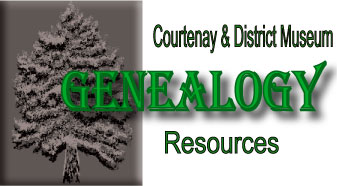

Beginning your family history search is easy; just by picking up a pencil
and recording some of the following information you are on your way to becoming
a family history researcher.
Start with information about yourself and work backwards, one generation at a time. Do you know about your parents, grandparents and great-grandparents? Names, dates and places are the genealogical building blocks for compiling a family history.
Remember, it is important to keep very accurate records of your research. Write down information as you discover it, or as it is repeated to you. You will be surprised how quickly you can forget important details. Carry a note pad and pencil at all times.
The following tips will not only help you to get started but will also bring you closer to your relatives and to future generations.

1. Talk to your parents, and ask them the following questions
Start with information about yourself and work backwards, one generation at a time. Do you know about your parents, grandparents and great-grandparents? Names, dates and places are the genealogical building blocks for compiling a family history.
Remember, it is important to keep very accurate records of your research. Write down information as you discover it, or as it is repeated to you. You will be surprised how quickly you can forget important details. Carry a note pad and pencil at all times.
The following tips will not only help you to get started but will also bring you closer to your relatives and to future generations.

- Where they were born and grew up, include town, county, province/state, country
- Date and place of marriage
- Birth and death dates of both their mother and father (your grandparents) and other family members
- Where their parents and grandparents are buried (name and location of cemeteries)
- Have any other relatives researched family history?
- What do they know about the family?
- Do they know any dates for birth, death, and marriages?
- What stories do they remember about the family?
- Do they know any other living relatives whom you can contact? If so, contact them and ask them the same questions
3. Find out if any of your relatives were in any wars; you can write various archives for information
4. Visit cemeteries where your ancestors are buried and photograph gravestones, pictures are a source of documentation
5. Collect copies of birth and death certificates as well as baptism , confirmation , communion and marriage records, as they usually have names of parents
6. Gather pictures of older relatives and family members
7. Save the information you have collected in an orderly way
- Start by storing your information in a 1" three-ring binder; you will be surprised at how quickly it fills up and you'll be buying a 2" binder!
- Use plastic protectors to preserve all documents from finger prints and other mishaps
- 8. Let the other members of your family know that you are doing family history research and ask them for copies of any old pictures, newspaper clippings, letters, certificates, deeds, wills/diaries, etc. about family members
9. Be considerate of others and their privacy. Treat them with all the respect that you would expect
10. Relatives may think that they know nothing about their ancestors, but if you are patient and persistent you will find some of them really do have a wealth of valuable information
